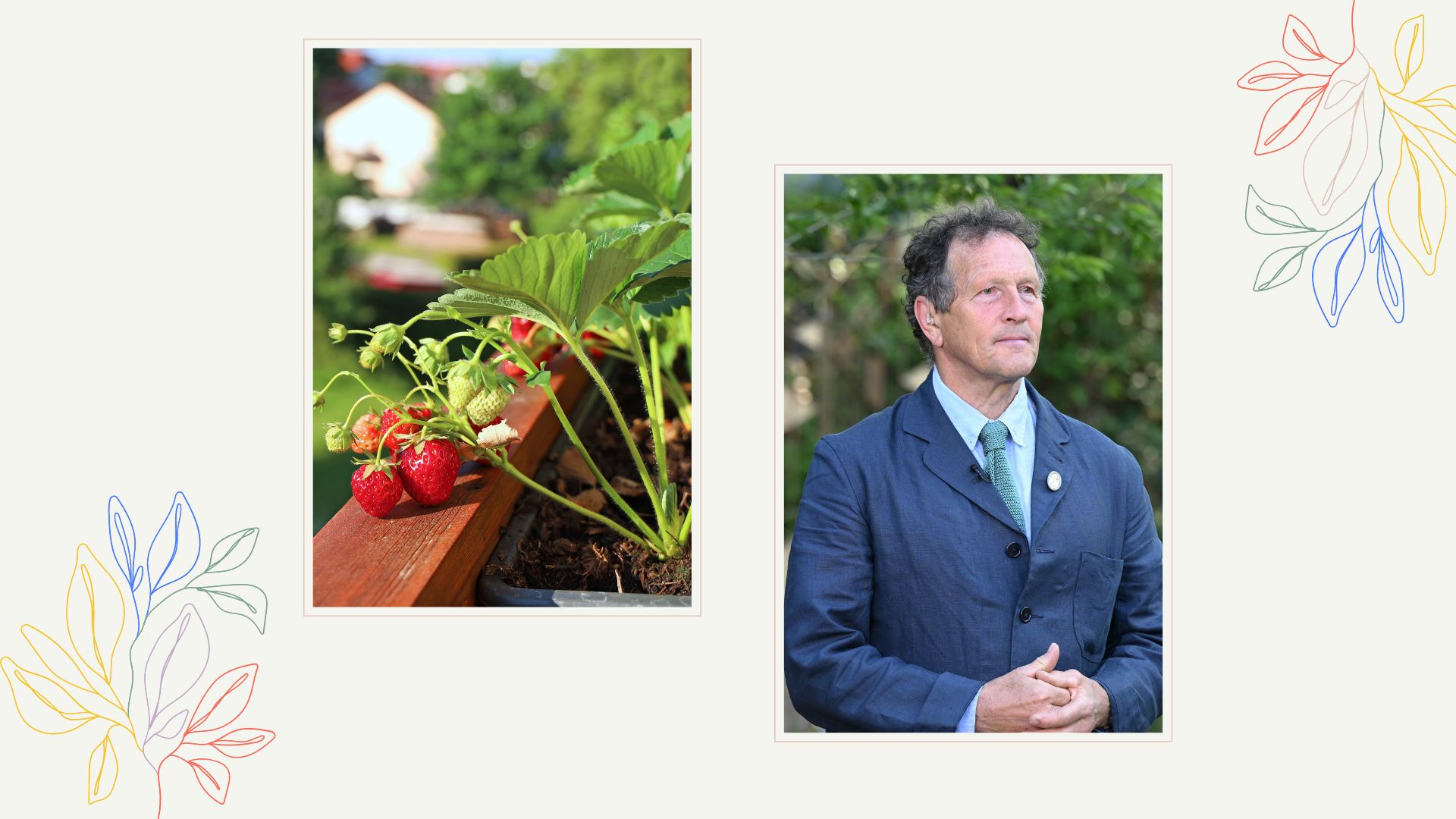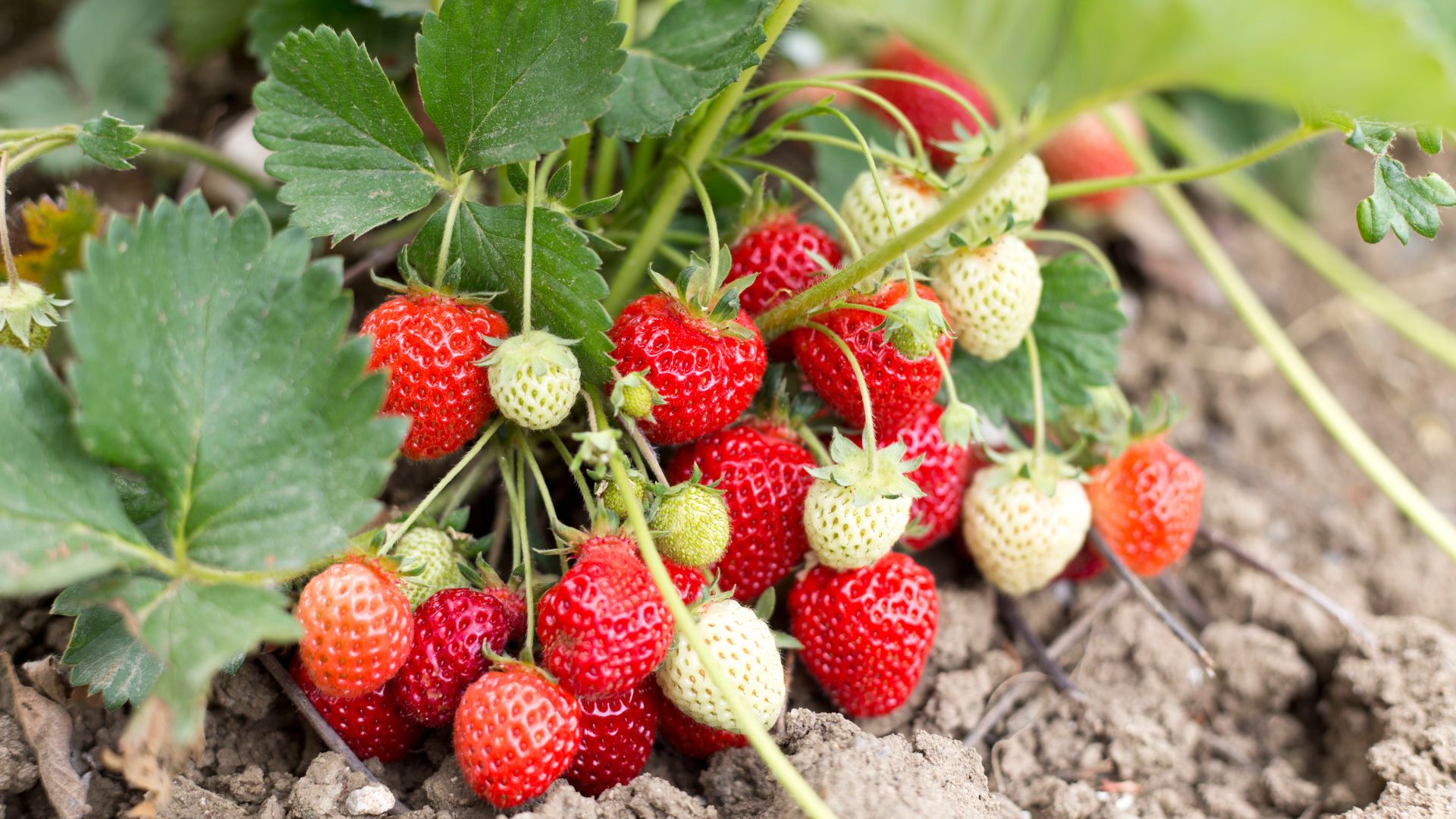
With August finally here there's a whole new host of gardening tasks to get on with. One of these jobs involves our beloved strawberry plants and you need to do it now.
Summer is the peak time for gardening. Whether you're an annual expert or you've just started vegetable gardening for beginners, you'll have been reaping the rewards of your hard work for months. Most of the growing has been and gone, but there's one task left to do in our vegetable patches.
As always, gardening guru Monty Don has bucketfuls of advice on how to cultivate a thriving garden all year round. His latest tip is all about strawberry plants. So, if you're into your succession planting, listen up.
Monty Don's strawberry advice
It's that time of the month again, Monty has gifted us some of his golden gardening wisdom this August. In his monthly blog post, the professional gardener discusses the problematically wet summer (don't we know about it), but he also talks about some of the surprising benefits it's had on the garden.
"Although us gardeners may be complaining, the garden has loved it. By August many gardens are beginning to look tired and worn out, but this year we have had no drought, no bad storms to batter the borders and enough rain to keep everything looking lush and healthy," he says.
If you've managed to avoid common summer gardening mistakes then you'll also be surrounded by happy-looking plants. But now is not the time to rest, as your strawberry plants need a little maintenance to provide you with more berries for years to come.
"After the early strawberries finish fruiting - usually in the middle of July - they put their energy into producing new plants via runners. These are long shoots with one or more plantlets spaced along their length," explains Monty.
These plantlets grow so they can touch the soil, put down roots and establish quickly into regenerated plants. Whilst the plant does this all by itself, Monty suggests a particular method to get the most out of your strawberries.
"By pinning them to the soil or onto a pot with compost in it and then separating it from the mother plant, these can be harvested as new plants that will have more vigour than the parent and keep your stock replenished and refreshed," he says.

At the end of August, after you've done your essential summer gardening jobs, the rooted plantlets will be ready to plant out into a new bed. Monty stresses the importance of this bed having a generous amount of compost added to it as strawberries are greedy feeders.
"They should always be planted on soil that has not grown strawberries for at least three years to avoid possible viruses," he adds. "Space these at least 12 inches apart and ideally twice that to allow for maximum growth and productivity. Keep them well-watered and mulch with more compost in autumn."
As for the mature plant that provided the plantlets, Monty recommends digging up the plant after four years of flowering because their productivity rapidly declines and they can begin to accumulate viruses.
Why not add them to your homemade compost heap?
Now you're strawberries are taken care of why not give Monty's tomato advice a go? When it comes to vegetable gardening it can be surprising the amount of work needed to be done once the plants are harvested, but staying on top of this maintenance can mean more long-term success.







